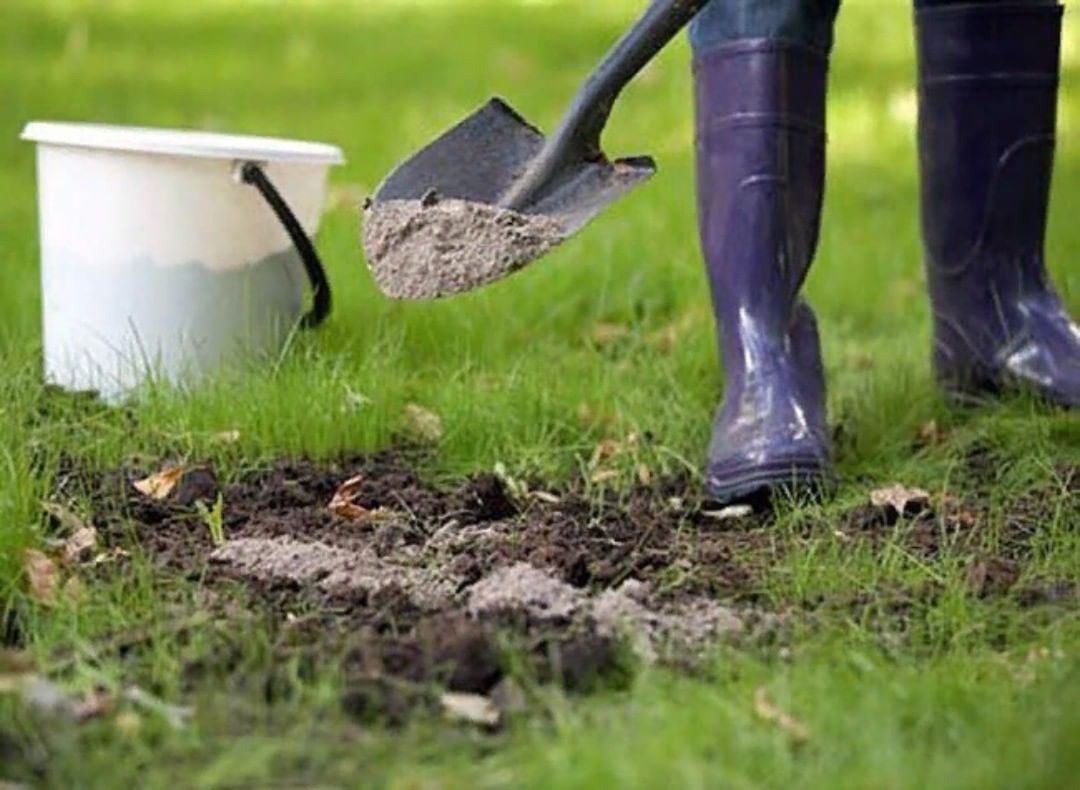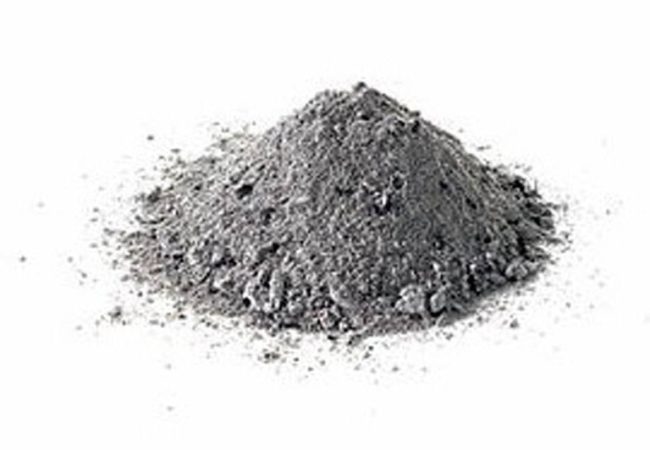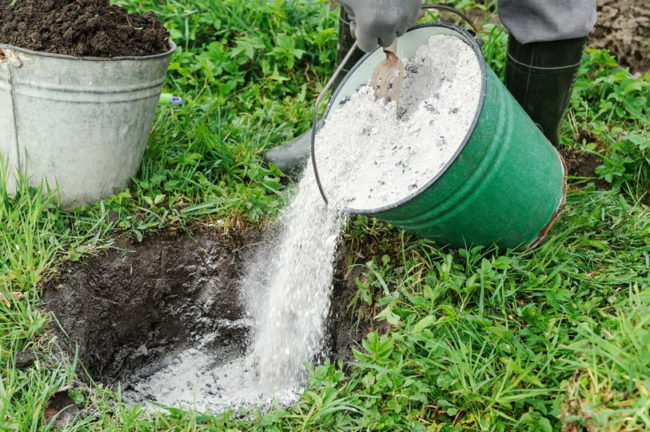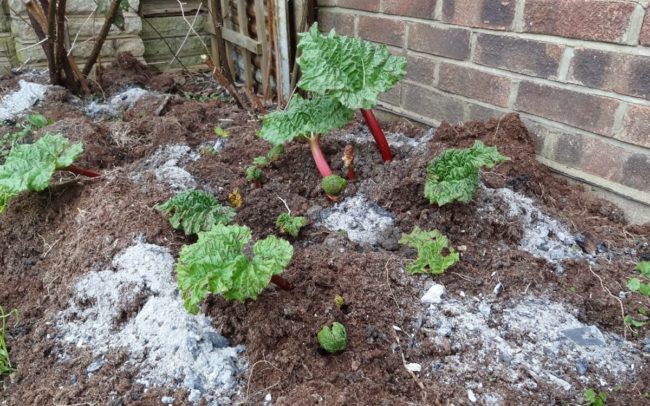Ash fertilization in autumn: indications and contraindications

The cheapest and most effective organic fertilizer for the garden is a wood ash, which is obtained by burning various types of wood or straw. The composition of the mineral components in the product depends on which wood or straw is incinerated.

The use of ash for plants as an autumn feeding
Many plants react positively to the introduction of organic matter in the autumn - it enhances the protective properties of the plant in the winter, as well as increases the yield of the next season.

The benefits of organic fertilizer for plants are described in the table:
| Item Name | Benefit | Cultures that are sensitive to deficiency of this element |
| Calcium | It activates the growth of green mass, restores all chemical and biological processes, organizes the delivery of useful components into cells, protects the plant's body from infectious and fungal diseases | · Solanaceae;
· Pumpkin; · Onions and parsley; · Grapes and apple trees; · Strawberries and carrots; · the Rose |
| Phosphorus | Helps to form inflorescences and fruits. | · Solanaceae (tomato);
· Pumpkin (cucumber) |
| Potassium | Increases plant resistance to frost, maintains normal water balance | · Grapes;
· Flowers - roses, lilies and chrysanthemums |
| Magnesium | Restores metabolism and promotes the synthesis of starch | · Solanaceae - potatoes and tomatoes |
The chemical composition of the fertilizer and the predominance of one of the components depends on the type of wood, as well as straw and grass:
- ash from a vine of grapes, grass and dried tops contains 40% potassium;
- Calcium prevails in hardwood;
- in the burned needles - an overabundance of phosphorus.
The most useful is ash from burnt young branches, cereal straw. The gardener, knowing the composition of the ashes, can correct the introduction of organic matter and not resort to mineral fertilizers.
Rules of application
The introduction of ash into the soil on the site can be carried out in two ways - in a dry form and by means of a solution.
Dry ash
When planting garden crops under each bush pour 1-3 tbsp. l ash, under the shrub when planting to make 100 g of fertilizer, and when planting trees - 2 kg.
Solution
Liquid organic fertilizers are prepared for watering and fertilizing:
- Ash solution - 200 g of dry product per 10 liters of water, mix well and infuse for 7-10 days with constant stirring. The solution is suitable for foliar feeding.
- 1 kg of ash pour 10 liters of water and cook for 15 minutes. After cooling, the mother solution to make a glass under the bush, and pour water on top.
When and for what plants is used?
The grapes react to the introduction of the ash solution in the fall by improving frost resistance and good harvesting for the next season. You need to add organic matter in liquid form - pour 40 liters of water under a grape bush, and then dissolve 1 cup of ash in 10 liters of water and pour it under a bush.
In the autumn, ash is added under strawberries - 0.5 cups for each bush. You can make in dry form, embedded in the soil to a depth of 1.5-2 cm
If the tops are removed for the winter, then the ashes will quickly increase the green mass in the spring.

Fruit trees (cherry, apple and pear, plum) are fed 1 time in 3 years. A ditch is dug out or a hole dug to a depth of 10 cm in the near-circle wheel and 2 kg of ash and 4 buckets of water are brought under each tree. After the water is absorbed, the pits need to be covered with primer.
Bring in the fall of organic matter and under the berry and ornamental shrubs (raspberries, currants and gooseberries), as well as under:
- tree peonies and clematis;
- roses and chrysanthemums;
- perennial asters and lilies.
For the winter, the beds of planted garlic can be filled with ashes 1.5-2 cm.
Well respond to autumn digging with the introduction of ash pumpkin, cabbage and solanaceous.
Contraindications and harm to ash
The use of ash has its limitations:
- Ash should not be placed in the ground with humus and bird manure, as well as with superphosphate and nitrogen fertilizers.
- Do not allow direct contact of the root system with the ash - just mix the fertilizer with the ground, as it may dry out and damage.
- You can not feed the young seedlings before the emergence of 4 true leaves, otherwise it will die.
- No wood ash is used, which was obtained by burning processed boards and firewood, as well as mixed with household plastic or rubber waste.
Following these simple rules will help avoid risks and increase the yield of many crops in your garden.

